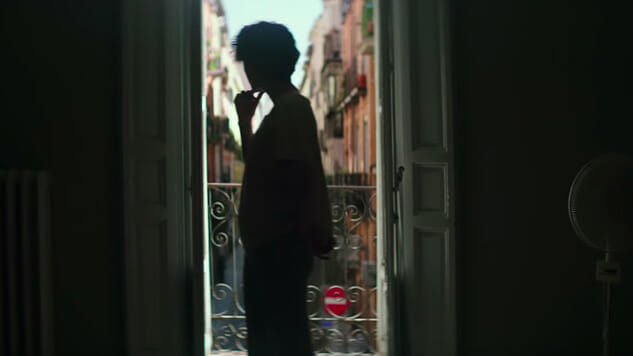The Rhythm Section Stays in Key as a Smart Genre Exercise

“It’s a hell of thing, killing a man. You take away all he’s got, and all he’s going to have.” — William Munny (Clint Eastwood), Unforgiven
More often than not, the revenge movie taps into a primitive need to witness those who destroy innocent lives get their frontier justice. Though many progenitors within the genre skew towards its exploitative potential, reveling in the literal and figurative execution of the “eye for an eye” philosophy, the genre is often given to exploring the corrosive nature of blind vengeance. Especially recently, with titles from women directors. Lynne Ramsay’s You Were Never Really Here examined the spiritual toll of such a path of violence, while Jennifer Kent’s The Nightingale tackled its irreversible psychological burden. A straight genre exercise that mixes revenge fantasy with a globetrotting assassin adventure, The Rhythm Section may not dig as deep, but director Reed Morano handles an impressive balance between the genre’s prerequisite set pieces—full of intense hand-to-hand combat and pulse-pounding action—and an honest examination of how hard it truly is to take a life no matter how much we believe that life deserves to be taken.
Screenwriter Mark Burnell, who adapted his novel with the same name, wisely skips typical first act, overindulgent exposition, spending time in the protagonist’s happy home before it’s violently taken away. When we meet Stephanie Patrick (Blake Lively), the trauma has already occurred. Years ago, her entire family died in a plane crash, and, unable to cope with the insurmountable sorrow, Stephanie turned to a dead-eyed existence of addiction and sex work. Lively, always somber, captures the numbing nature of grief.
One day, a freelance journalist named Proctor (Raza Jaffrey) poses as one of Stephanie’s johns to drop a bombshell on her: The plane crash wasn’t an accident. It was a terrorist attack by a radical named Reza (Tawfeek Barhom), a reality the American government covered up because of Reza’s connections to Middle Eastern government figures. Stephanie immediately makes it her mission in life to kill Reza and everyone who helped him facilitate the bombing.